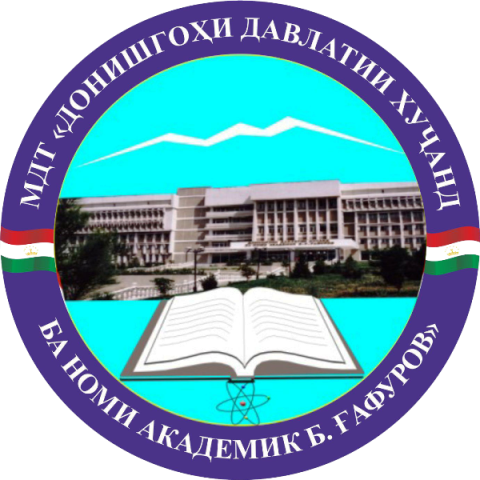2022
CONCEPT OF KINEMATICS AND STATICS IN THE WORKS OF SCIENTISTS OF MEDIEVAL KHORASAN AND MIDDLE ASIA
Authors:┬áUsmonzoda Ayub Islom - Doctor of Historical Sciences, Professor, Rector of SEI "KSU named after acad. B. Gafurov" (Tajikistan, Khujand)Komili Abdulkhai Sharifzoda - Doctor of Physical and Mathematical Sciences, Professor, Director of the Research Institute of the History of Natural Sciences and Technology at the BSU named after Nosir Khusrav, Shamsidinov Mumin Inomjonovich - Candidate of Physics and Mathematics Science, Associate Professor of the chair of General Physics and Solid State, of the Physics and Technology Faculty of Khujand State University B. GafurovÔÇØ (Tajikistan, Khujand)
 
JOURNAL NUMBER: 4(63). YEAR OF ISSUE: 2022. LANGUAGE OF THE ARTICLE: Tajik
 
ANNOTATION 
The article is devoted to the definition of the historical conditions for the development of kinematics and statics in medieval Khorosan and Central Asia. The authors on the basis of primary sources have shown that the development of kinematic representations in the mechanics of the medieval Muslim East originates from the translation and commentary on Almagest, the Indian sidhantas, as well as the assimilation of the local astronomical tradition of the pre-Islamic period. And the development of statics was promoted by the requirement of continuous improvement of weighing methods and a system of measures and scales.
 
KEY WORDS
kinematics, astronomy, history of science, statics, Archimedes, Nasiraddin Tusi, Sabita ibn Corra.
 
 ðÉð¢ð│ð╗ð©ð╣Ðüð║ð©ð╣
ðÉð¢ð│ð╗ð©ð╣Ðüð║ð©ð╣
 ðóð¥ÊÀð©ð║Ëú
ðóð¥ÊÀð©ð║Ëú  ðáÐâÐüÐüð║ð©ð╣
ðáÐâÐüÐüð║ð©ð╣ 
